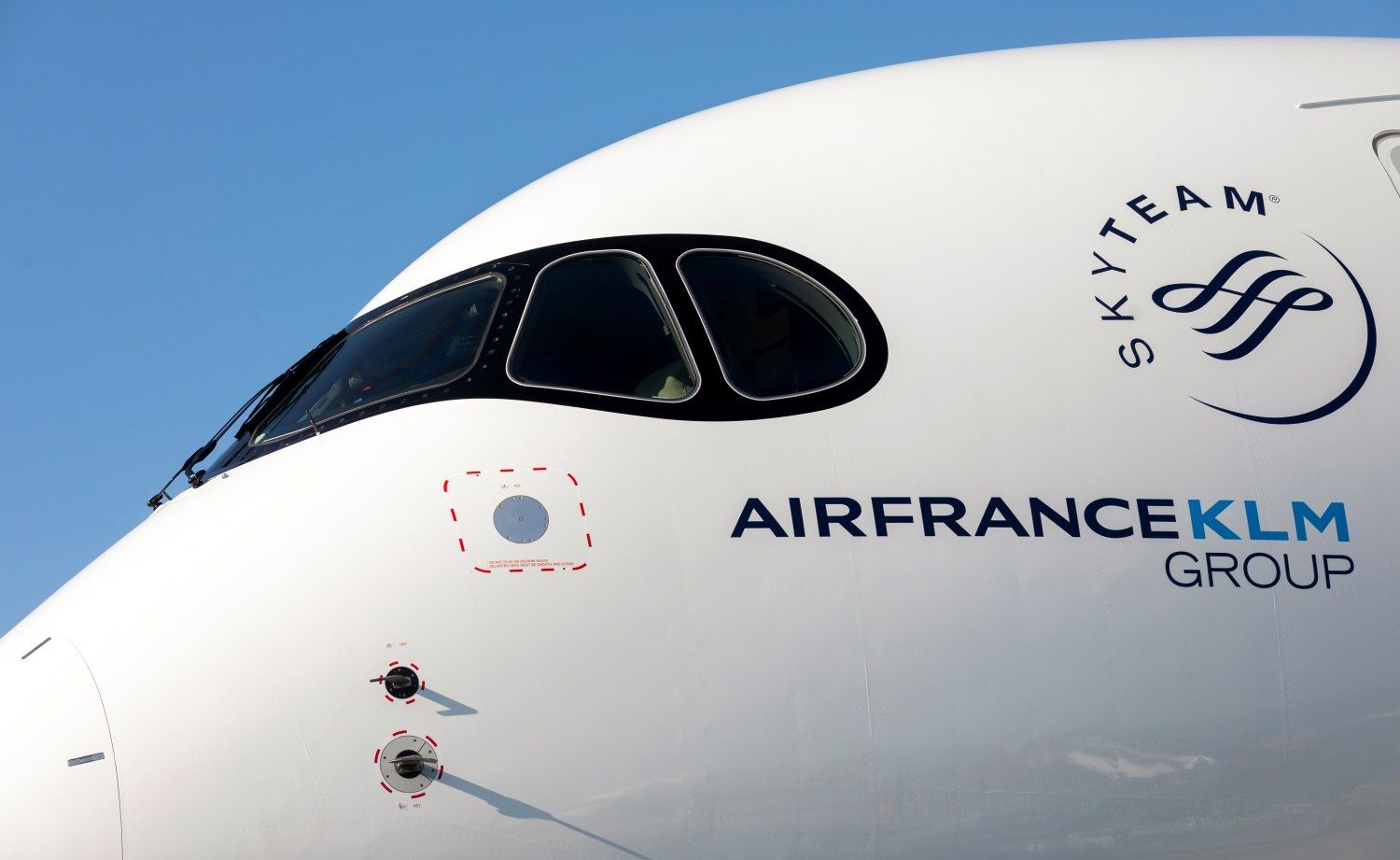An Air France A350 lands after 6 hours in emergency with its nose destroyed
This Sunday, May 28, an Air France flight from Osaka to Paris apparently experienced a bird strike during takeoff. As a result, instead of continuing the traditional 14-hour route, AF-291 was forced to turn around after three hours of flight and return to the departure airport.
According to flight tracking tools, the Airbus A350-900, registration F-HTYO, was supposed to follow the standard route. However, as it moved away from the Japanese coast, flying at 34,000 feet (about 11,000 meters), it turned around and began a descent, declaring a general emergency to air traffic control (transponder 7700).
?? L’Airbus A350 d’Air France, immatriculé F-HTYO, est désormais immobilisé à l’aéroport d’Osaka au Japon après un choc aviaire survenu au décollage.
▫️L’avion a volé quelques heures avant de venir se poser en urgence au Japon.
? @White_An124 @mainichiphoto https://t.co/l2nUMeyAzi pic.twitter.com/JZii1vqJtI
— air plus news (@airplusnews) May 28, 2023
The plane descended to 15,000 feet and slowed to 280 knots, returning to Osaka for a safe landing. The delay in returning after the bird strike could be due to the pilots not immediately realizing the extent of the damage, which became more evident as the plane ascended.
Air France AF291 KIX – CDG (ReturnBack to KIX)
F-HTYO Airbus A350-941石垣島から帰ってきて関空で久々スポッティングしようとしていたら、緊急事態宣言していたエアフランス。しばらく滑走路で待機した後、旅客スポットへタキシングしていきました。 pic.twitter.com/6lOGrIRs8Y
— Sironofu/Fucaf1re? (@White_An124) May 28, 2023
Photographs taken after landing indicate that the weather radar, located on the nose, was also damaged. Air France has not yet made official comments about the emergency, but the plane is awaiting spare parts to repair the damage caused by the bird strike.

The Threat of Birds in Aviation
A «bird strike» in aviation occurs when a bird collides with an aircraft, usually during takeoff, landing or in low-altitude flight, where birds are most commonly present.
Bird strikes can pose a significant risk to flight safety as they can cause damage to critical aircraft systems such as engines or cockpit windows. In the worst-case scenario, bird strikes can lead to engine failure or compromise pilot visibility, which could result in an emergency landing or even a crash.
Birds are attracted to airports due to the abundance of food and open spaces, increasing the chances of such incidents. Globally, airlines and airports are taking measures to minimize the bird hazard through wildlife management programs, technological advancements, and crew training to handle these situations effectively. Despite the potential dangers, it is important to note that most bird strikes do not cause significant damage and the majority of flights are unaffected.


Comentarios
Para comentar, debés estar registrado
Por favor, iniciá sesión